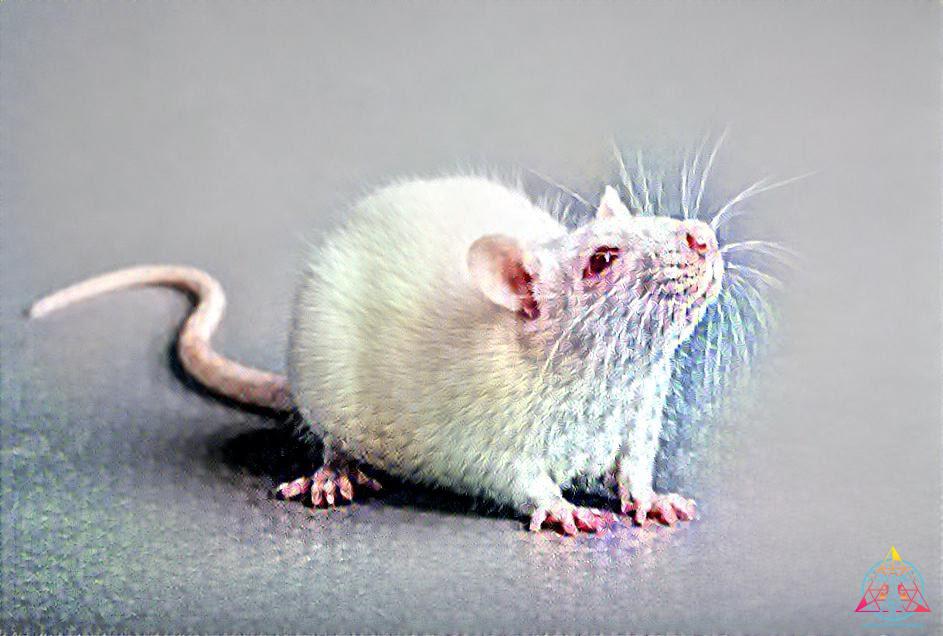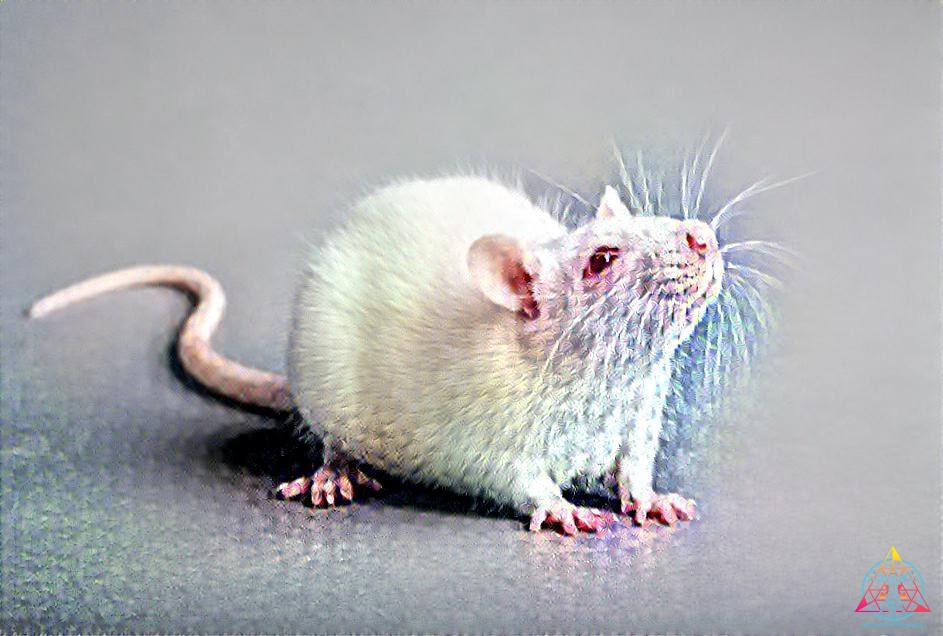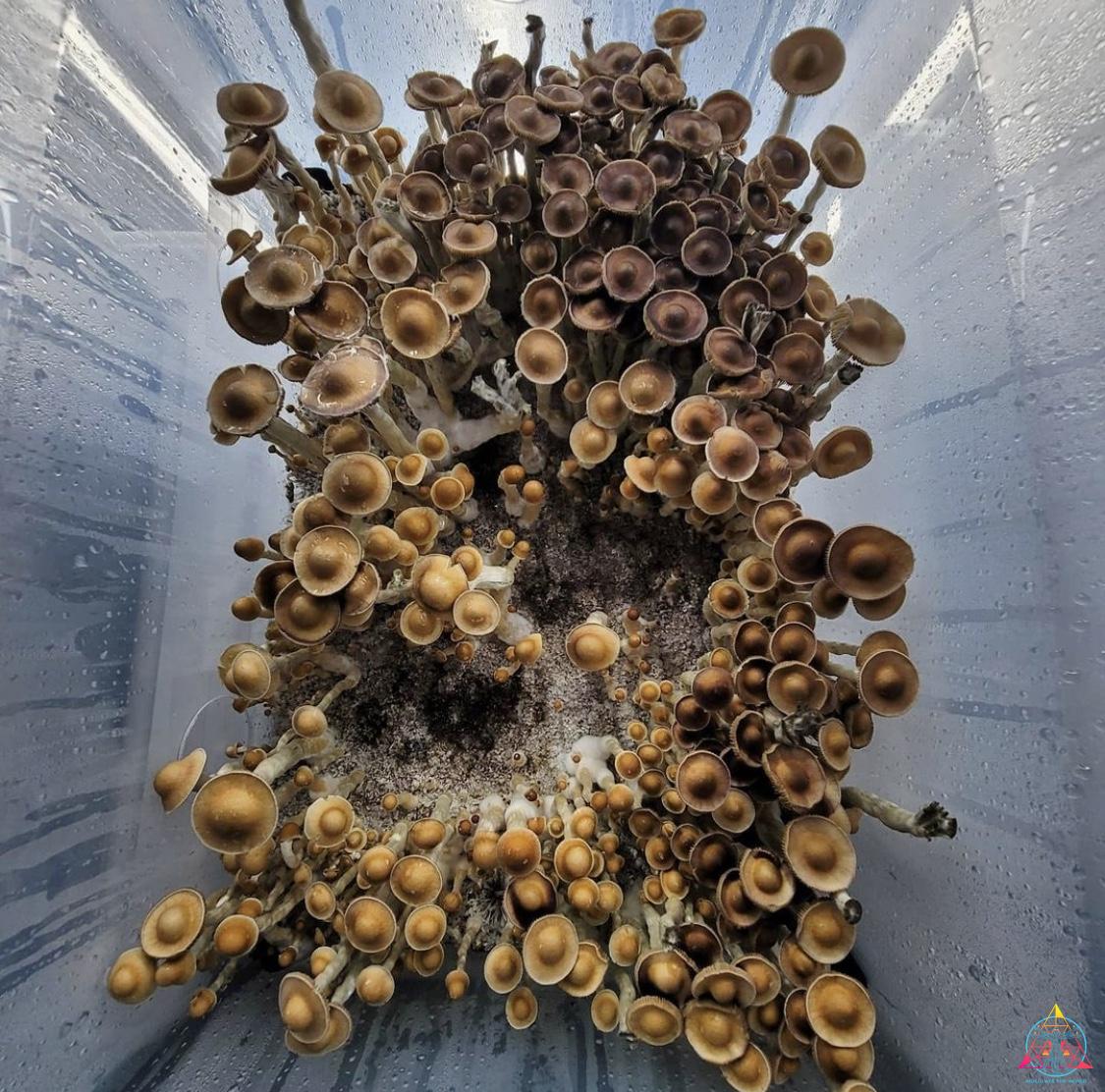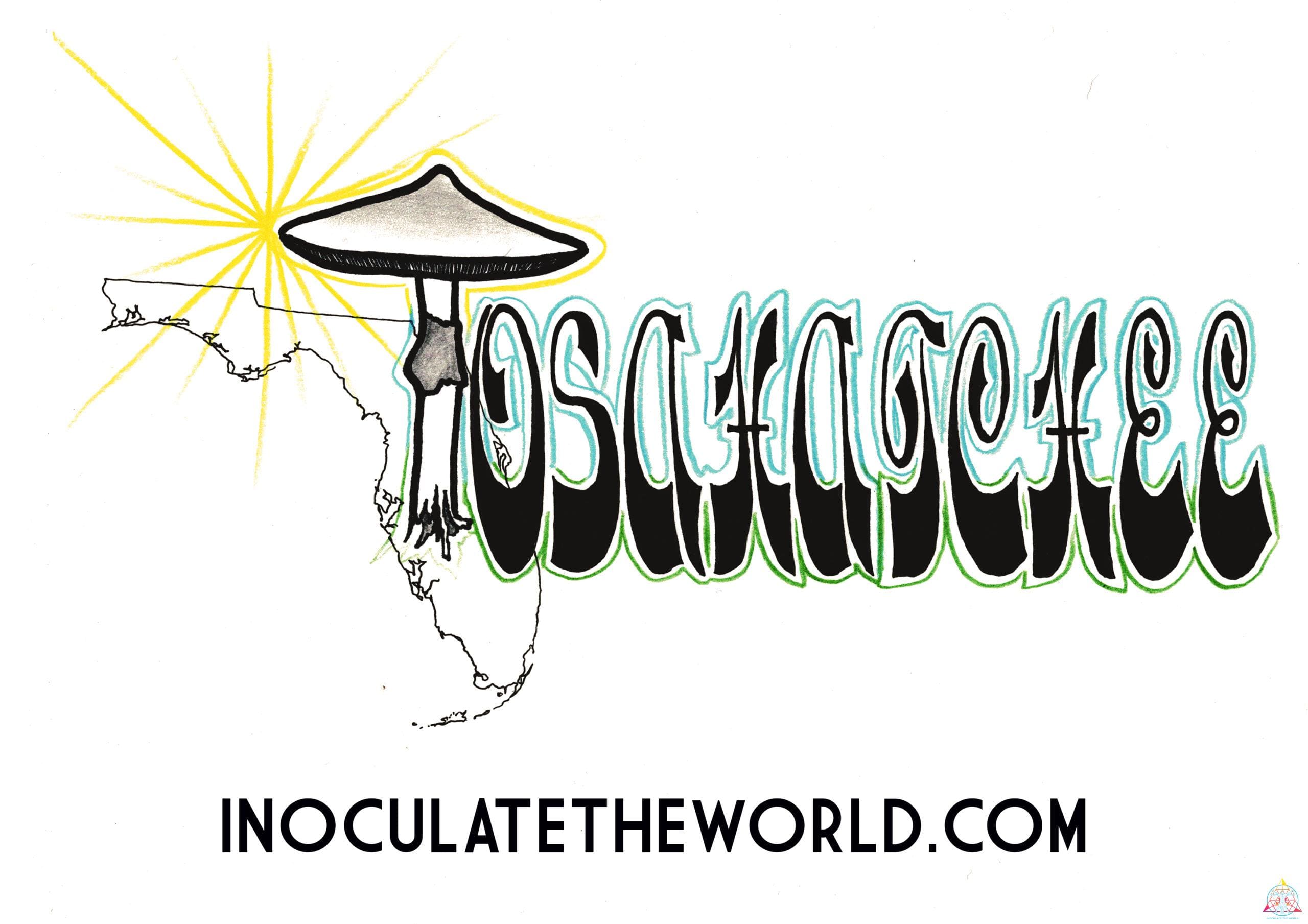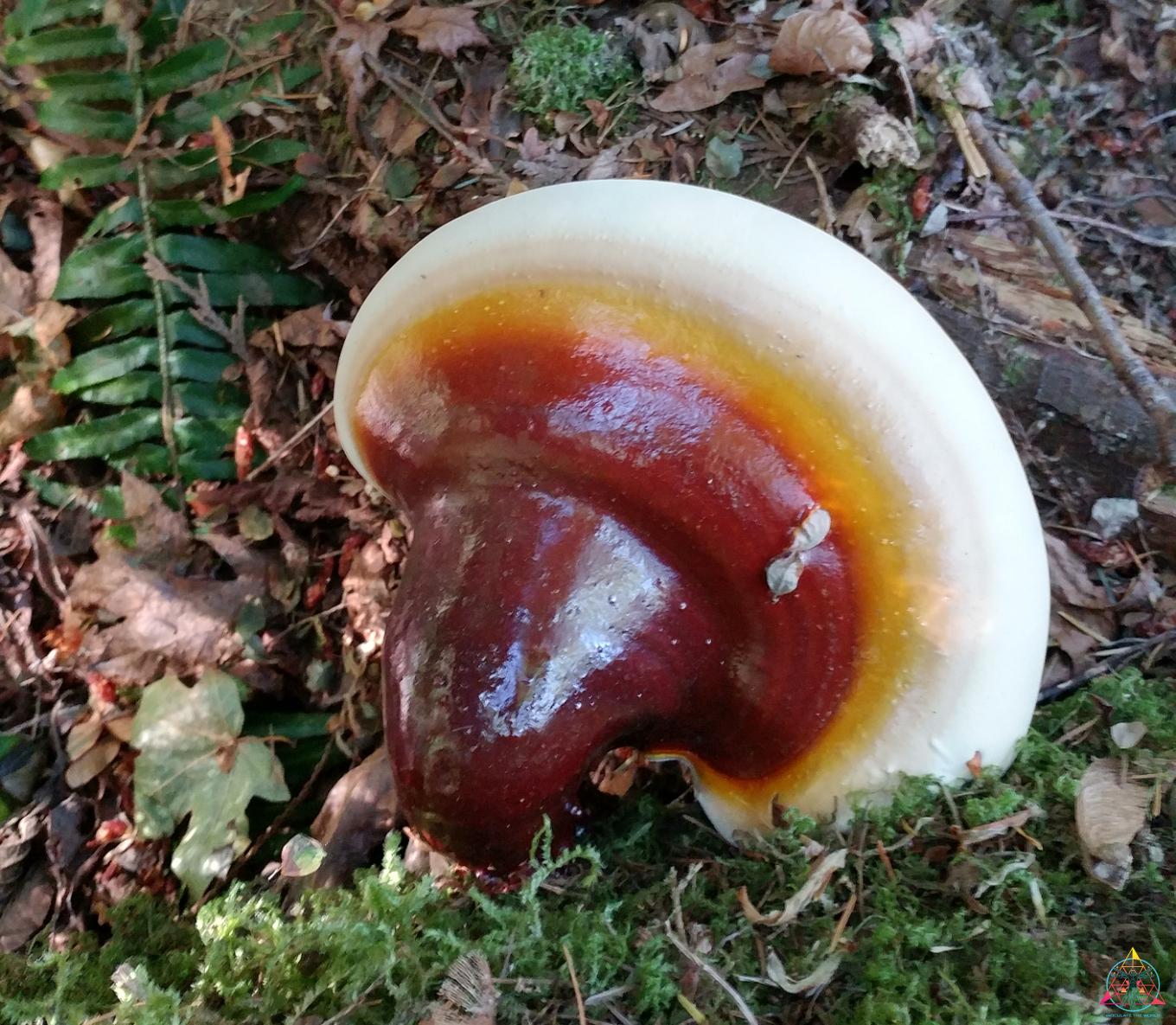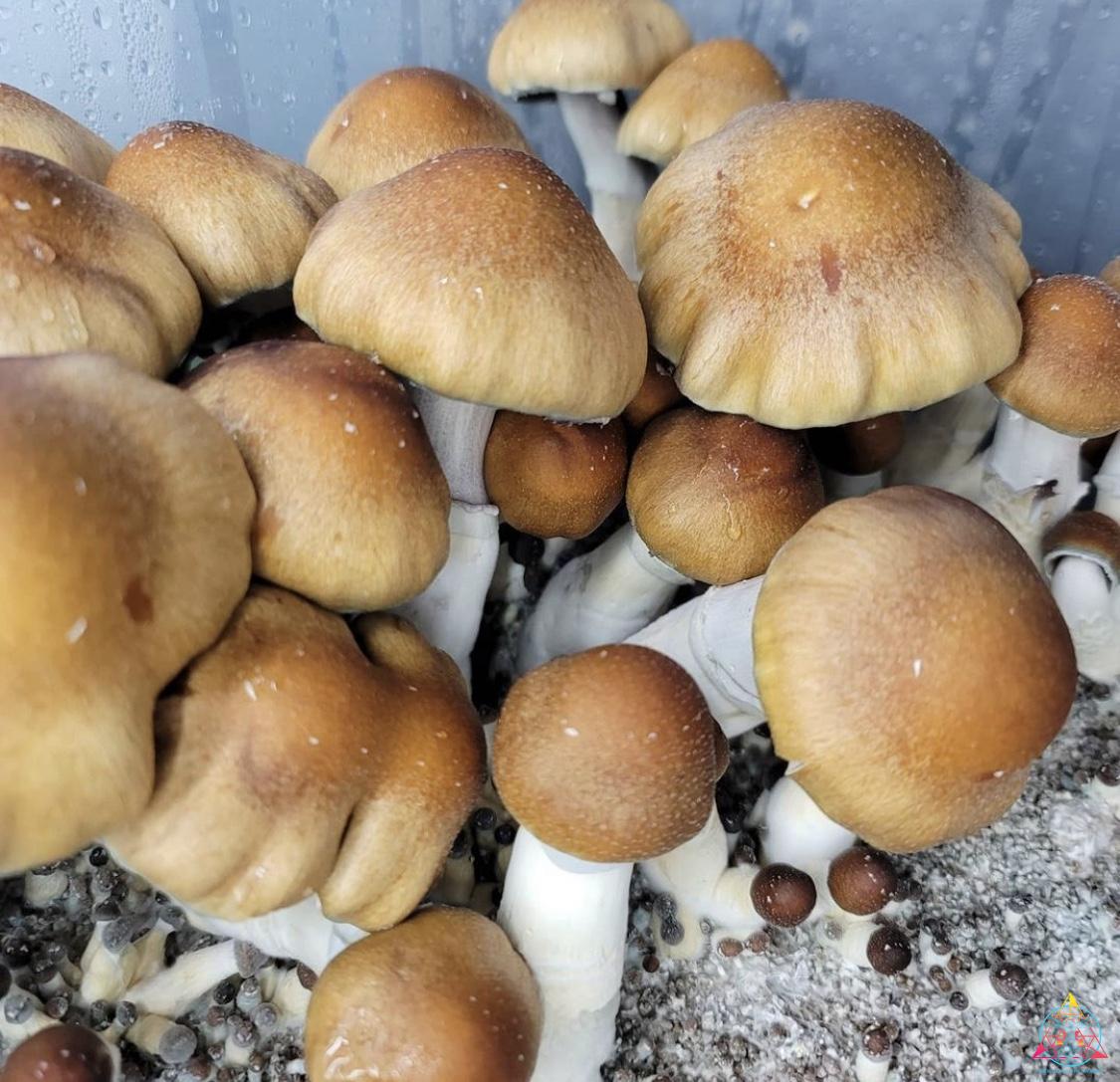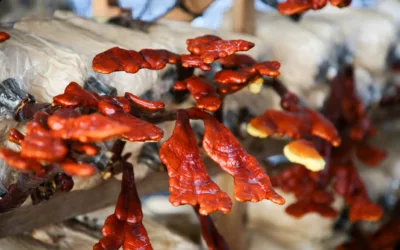This document is not designed to treat, diagnose, or give medical advice. Any knowledge gained from this topic is to be used for research only and not to be replicated.
Hallucinogens, in all their forms, typically have very similar effects on someone physiologically speaking. Most hallucinogens are 5-HT2aagonists, it is understood that this receptor is responsible for hallucinatory experience. 5-HT2a also has a part to play in mental illness like; eating disorders, Schizo affective disorders, bipolar, depressions, and substance abuse. It is hard to talk about tolerance for me without talking about addiction potential. There is not a whole lot of conclusive data on this topic either as the prohibition has limited the world’s ability to do good science. I will have to fill in some gaps on the data with other similar tryptamine experiments going all the way back to the experiments of MKultra.
Tolerance is defined by the body’s lack of response to a given substance. Over time tolerance will build with continued exposure to nearly any chemical. The tryptamines inside of psilocybe cubensis, cacti, LSD, MDMA, etc… all build a tolerance within hours of consumption (NOT DMT). When tested on mice, they respond with head twitch response (HRT) and we use it as a way of knowing the drugs have taken hold. It took 24-48 hours for the second dose to reproduce a HRT. The hypothesized mechanism at work here is that the 5-HT2a receptors are being down regulated after dosing, not allowing as many tryptamine molecules to “lock in” and thus resulting in a less powerful experience. This is where many people are fearful about addiction potential, I have to now take double the dose I did yesterday to feel the same way. Addiction potential when medically speaking has several key factors, one of them being tolerance. Many of the studies I have seen disregard this fact when talking about hallucinogens, it is because it is mostly negated by the facts of the several self administration studies. If you’ve ever tripped really hard, the last thing you wanna do is trip the next day, and the mice studies all agree.
Of course, psychedelics are incredibly diverse in form, from lab-synthesized molecules to naturally occurring fungi. Mushroom spores, for example, serve as the foundation for psilocybin cultivation, yet they contain no active compounds themselves. Once the mushrooms mature, however, the tryptamines they produce follow the same tolerance-building mechanisms observed in other psychedelics.
The fact is though, everyone’s body is different, we have different serotonin levels, metabolisms, weight, height, age, medications, other hormones, etc… Everyone is extremely different. Trying to put a time stamp on when it is good to go again? Basically impossible.
TL;DR we don’t know exactly how many days everyone should wait to trip out again, probably never can. At least 24-48 hours according to the mice.
Related Articles
Maria Sabina, Mazatec Wisdom, and the Costs of Psychedelic Tourism
Maria Sabina is often remembered as one of the most influential figures in the psychedelic world, renowned for her role as a poet, and shaman, and as the woman who introduced magic mushrooms to Gordon Wasson, and thus, the Western world. Maria Sabina’s quotes...
Forage to Feast: Exploring the Biology and Culinary Magic of Morel Mushrooms
It’s a mild spring day, with the warm sun casting flecks of light on the forest floor. Deciduous tree branches tangle together overhead and close in around a grassy depression, likely the remnant of a past disruption or abandoned pathway. The mushroom forager...
The Mushroom of Immortality: Learn About Medicinal Reishi Mushrooms
Reishi, along with the entire Ganoderma Genus, is prized for its health benefits, and is among the most unique-looking fungi in our collection. In this article, we’ll discuss some of the health benefits of Reishi mushrooms and Ganoderma as a whole. We’ll also discuss...


